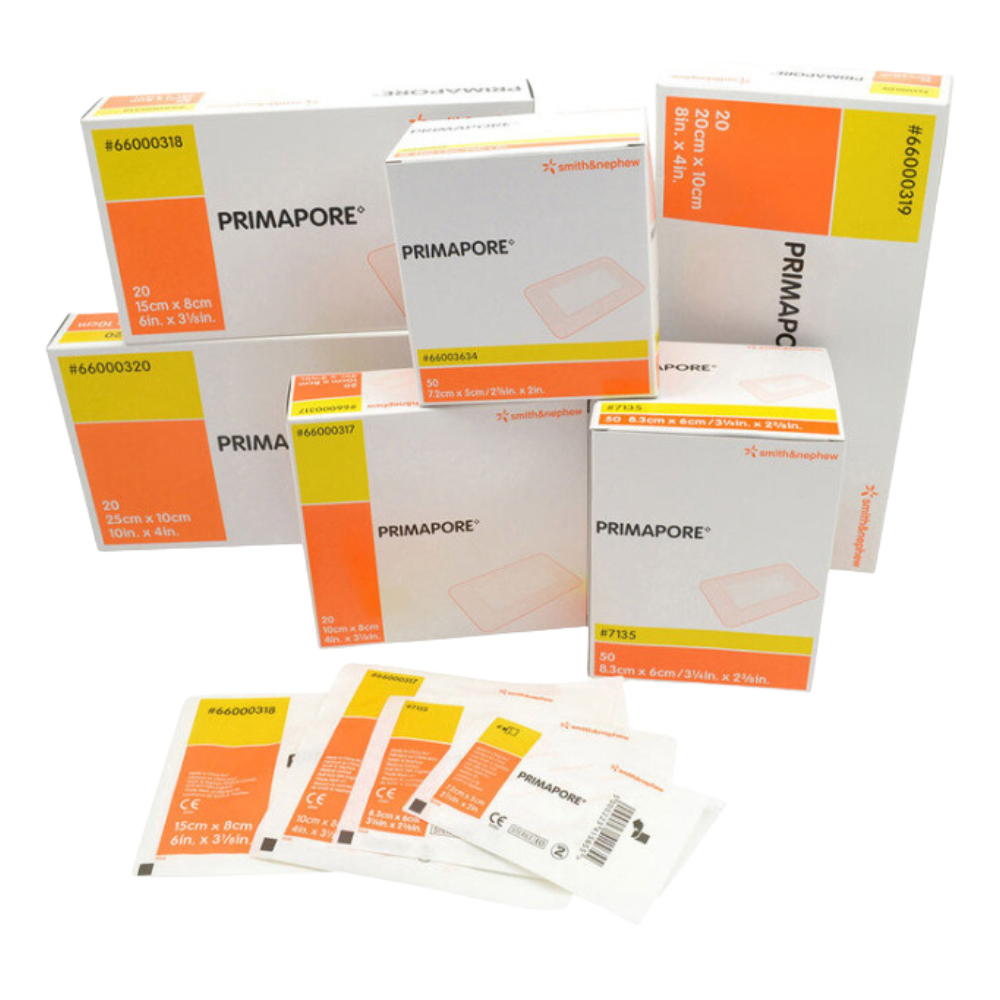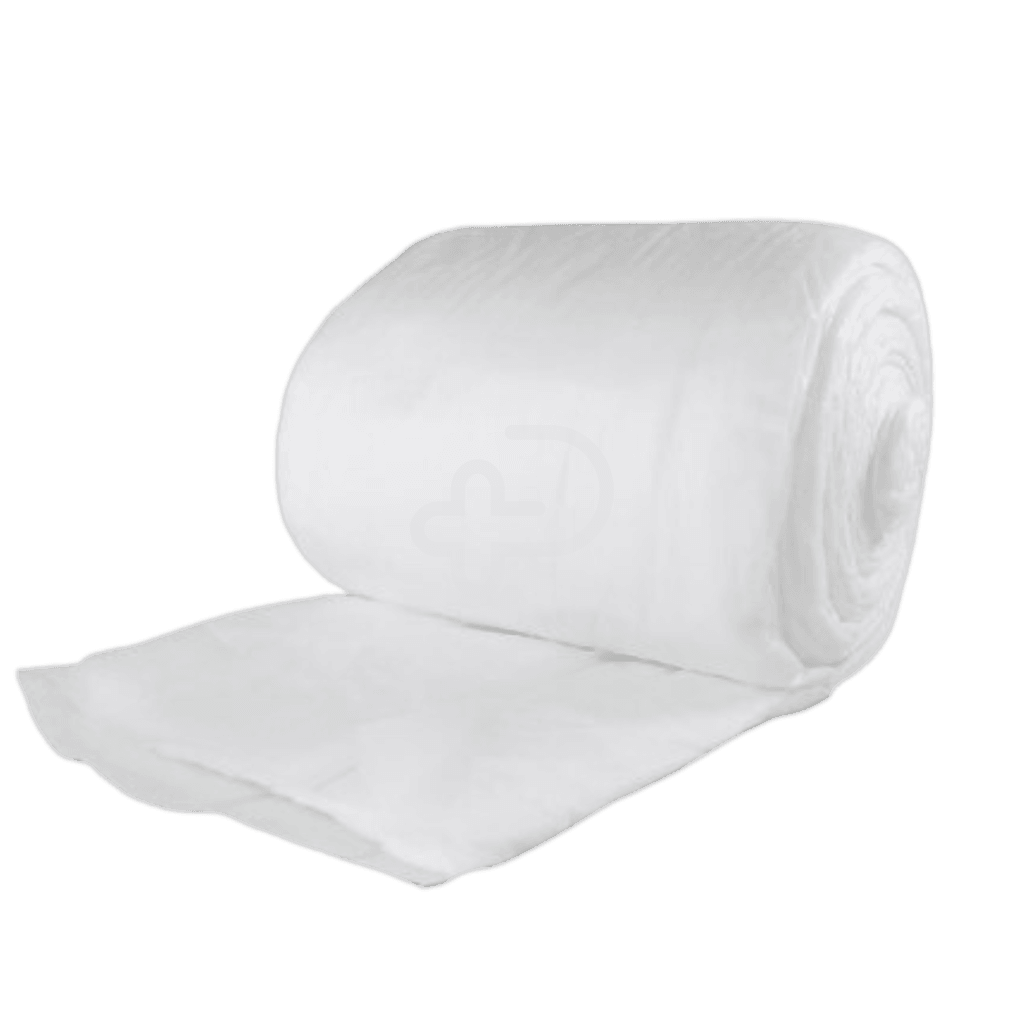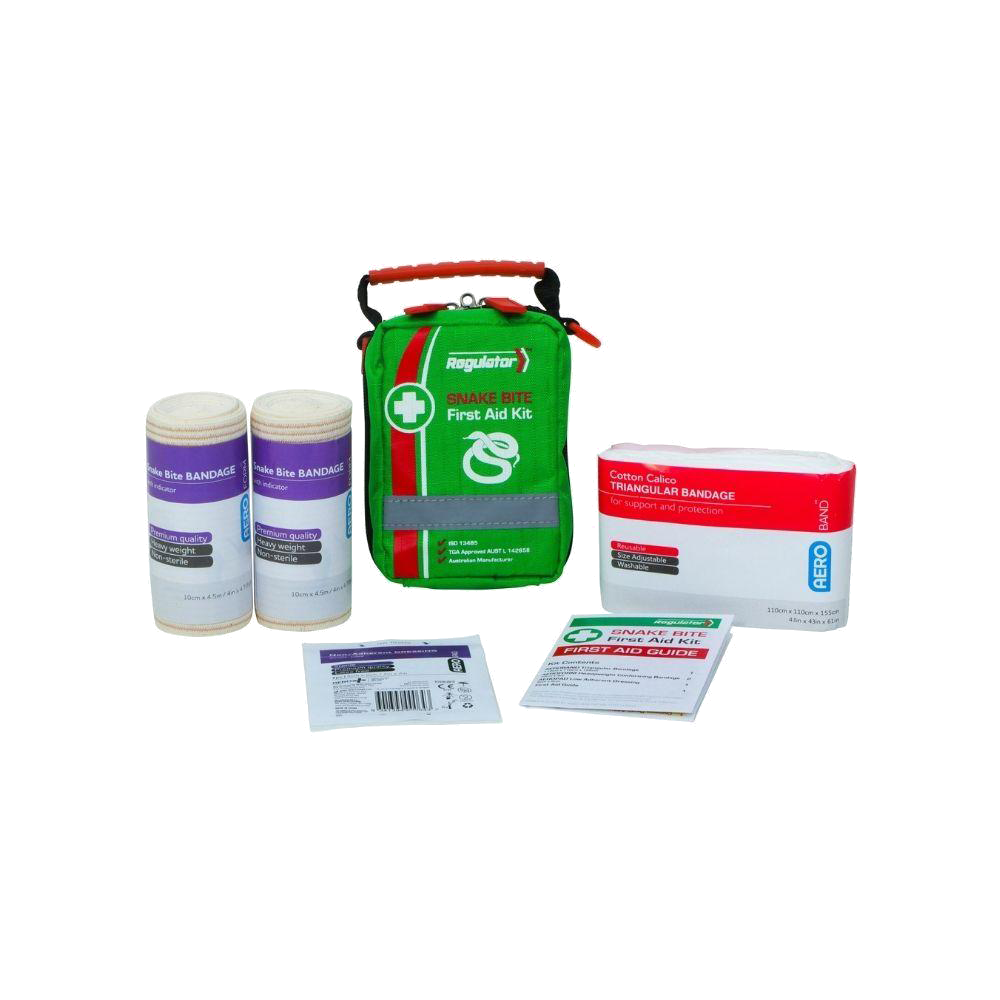Essential Items Every Home Emergency Kit Should Have

Whether you're caring for an ageing parent, someone with a chronic condition, or just want to be prepared for life’s curveballs, having a well-stocked emergency kit at home can save you time, stress, and—potentially—lives.
From unexpected falls to wound care or a fever at midnight, the right supplies on hand can make all the difference while you wait for professional help or decide on your next steps. This guide walks you through the essential items every home care kit should include. Plus, why they matter and how they support safe, responsive care at home.
Why Build a Home Emergency Kit in the First Place?
A first aid kit is one thing. But when you’re caring for others—especially older adults, young children, or someone with complex health needs—you need a bit more than just a bandage and a wish. That’s where a well-planned home emergency kit comes in.
Because Emergencies Happen at Home, Too
We tend to think of emergencies as big, dramatic events. But in reality, it’s the smaller, everyday issues, like cuts, burns, fever spikes, or dizzy spells, that catch us off guard. And when those things happen at home, being unprepared only adds to the stress.
A stocked kit helps you act quickly while you figure out next steps, whether that’s calling a nurse-on-call line, heading to the GP, or monitoring things at home.
When You’re Caring for the Vulnerable, Preparation Is Everything
If you live with someone who’s elderly, frail, or managing a medical condition, you already know how important it is to stay one step ahead. Even minor issues can escalate if not addressed early.
Your emergency kit becomes a first line of defence, helping you support comfort and safety while you wait for professional advice or assistance.
It’s About Confidence, Not Panic
Having the right tools at your fingertips helps reduce panic in stressful situations. Whether you're a full-time carer or just helping out mum or dad from time to time, being prepared gives you the confidence to take action without second-guessing.
A good kit doesn’t replace professional care, but it does buy you precious time, provide immediate comfort, and support better decision-making in the moment.
What to Include in Your Home Emergency Kit
A reliable emergency kit isn’t just for disasters. It’s about being ready for life’s little surprises, too. From minor medical issues to weather-related power outages, the right tools can help you respond calmly and confidently.
Here’s a breakdown of key categories and what to include in each.
1. Wound Care Essentials
From scraped knees to surgical dressing changes, wound care items are a must-have in any home where someone is ageing, recovering, or just a little accident-prone.

Molnlycke Mepilex Border Flex Dressing
This foam dressing is ideal for pressure injuries, ulcers, or wounds that need a secure, gentle barrier. It flexes with movement and protects fragile skin.
Best for: Elderly skin, pressure sores, or post-op care.

Primapore Adhesive Wound Dressing
Easy to apply and comfortable to wear. These are everyday essentials for protecting minor wounds and surgical sites.
Best for: Skin tears, incisions, or cuts needing low-irritation coverage.

Combine Dressing Roll
Cut to size as needed. Perfect for weeping wounds or backup stock in any carer’s first aid stash.
Best for: Larger wounds, or when you need custom coverage.

3M Micropore Tape
Reliable and gentle on sensitive skin. This breathable paper tape is a go-to for safely securing dressings.
Best for: Skin that bruises easily or dressing frequent wound sites.
2. Temperature & Health Monitoring Tools
Monitoring vital signs like temperature can help detect issues early, particularly in babies, seniors, or anyone post-surgery.

Aerodiagnostic Infrared Ear & Forehead Thermometer
No need to wake or fuss with patients. This dual-use thermometer gives accurate readings in seconds.
Best for: Children, seniors, or tracking recovery from illness.
3. Personal Protection & Hygiene
Keeping things clean and safe protects everyone, especially when wounds, incontinence, or illness are involved.

Safeguard Blue Nitrile Gloves
Reliable protection without the itch. Great for wound care, clean-ups, or any messy job.
Best for: Carers handling personal hygiene or first aid.

3M Cavilon No Sting Barrier Film Wipes
Ideal for protecting skin from friction, moisture, or adhesives. Helps prevent skin breakdown.
Best for: Delicate, ageing, or at-risk skin.
4. Medications & Health Info
Have a small, labelled container for current medications, pain relief, antihistamines, and anything prescribed for chronic conditions.
Also include:
- A printed list of medications, allergies, and emergency contacts
- Medicare card copy and My Health Record summary
- Scripts for regular medications
Tip: Store in a waterproof ziplock bag or container for easy grab-and-go access.
5. Light, Power & Communication Supplies
Power outages aren’t just inconvenient, they’re also risky for those using electric beds, oxygen, or other assistive devices. Keep:
- A working torch or LED lantern
- Spare batteries (especially for hearing aids or thermometers)
- A power bank for mobile phones
- Battery-operated or wind-up radio (for news during blackouts)
Tip: Check them regularly. Batteries don’t last forever!
6. Food, Water & Comfort Items
You don’t need to hoard supplies, but a few staples can make all the difference if you’re stuck at home or can’t reach a pharmacy.
Essentials include:
- 1–2 days’ supply of bottled water
- Long-life snacks or energy bars
- Spare continence pads, tissues, or wipes
- Blanket, hot pack, or comfort item for distress
- Notepad and pen (for noting symptoms or instructions)
7. Prefer to Keep It Simple? Grab a Complete Kit
Sometimes you just want it done for you and that’s totally fine.

Responder 4 Series First Aid Kit
A complete everyday kit with the essentials to handle cuts, burns, and minor accidents. Easy to store, grab, and go.
Best for: Families, home carers, and anyone just getting started.

Regulator Snake & Spider Bite Kit
Especially useful in rural or bushy areas, this kit includes the correct bandages and splints for emergency bites.
Best for: Rural homes, campers, and carers who like to be over-prepared.
How Often Should You Check or Update Your Emergency Kit?
Let’s be honest, most people build a kit, stash it in a cupboard, and forget all about it. But just like smoke alarms or car tyres, emergency kits need a regular once-over to stay useful when it counts.
Here’s what you should know about keeping your kit up to scratch.
Check It Every 3–6 Months (Yes, Really)
Experts recommend checking your home first aid kit at least every three to six months. According to the Australian Red Cross, regular checks ensure your kit stays properly stocked and hasn’t been quietly raided for random bandaids or painkillers.
It’s a good habit to link your kit check to something easy to remember, like daylight savings, a new school term, or bin night every quarter.
Yes, First Aid Items Can Expire
Many people don’t realise that first aid supplies have a shelf life. Items like antiseptic wipes, burn creams, sterile dressings, and even gloves can expire, making them less effective (or potentially unsafe) over time.
As St John Ambulance explains, once sterile packaging is compromised or dates are exceeded, it’s time to toss and replace. Always check expiry dates on wound dressings, saline pods, ointments, and any battery-powered equipment.
Top Up Anything That’s Been Used
If you've had to use your kit—even for something small—make sure to restock those items straight away. According to SafetyCulture, missing even one essential item in an emergency can delay care and increase stress when time matters most.
Keep a notepad or checklist inside the kit so you can easily track what’s been used or needs replacing.
Who Should You Call in an Emergency?
Having a fully stocked kit is important, but knowing who to call when something goes wrong is just as critical. Whether you're dealing with a fall, a sudden health issue, or a natural disaster, these are the contacts every household should have on hand.
000 – Australia's Main Emergency Number
If you or someone in your care is in immediate danger or needs urgent help, dial 000 (Triple Zero). This will connect you to Ambulance, Police, or Fire & Rescue depending on your needs. For landlines and mobile phones, this is always a free call. Learn more about how 000 works via the Australian Communications and Media Authority.
Tip: Teach kids or elderly family members how and when to use 000. You can even role-play to make sure they feel confident if they ever need to call.
Other Emergency and Support Numbers
Sometimes you need support that isn’t lights-and-sirens urgent. Here are some additional numbers worth saving:
-
Health Direct – 1800 022 222
- For 24/7 health advice from registered nurses.
- (Better Health Victoria – Who to Call in a Crisis)
-
NURSE-ON-CALL (Victoria) – 1300 60 60 24
- Speak to a registered nurse anytime.
-
State Emergency Services (SES) – 132 500
- For help with flood, storm or structural damage.
- (Triple Zero Victoria – Other Emergency Numbers)
-
Disability Gateway – 1800 643 787
- A free national service connecting people with disability to safety and crisis support
- (Disability Gateway Safety Help)
- Ambulance Victoria – For more about when to call an ambulance and what to expect, check out this guide.
Make a Print-Out and Keep It Visible
It’s a great idea to print out emergency contacts and stick them somewhere visible—on the fridge, inside the kit, or near the front door. Make sure every household member (including carers or visitors) knows where to find it.
Preparedness Starts at Home
You don’t need to be a paramedic to respond well in an emergency—you just need to be prepared. Whether you’re caring for a loved one, supporting an ageing parent, or want peace of mind for your household, building (and maintaining) a home emergency kit is a smart and empowering step.
From wound care to thermometers, PPE to patient support tools, having the right gear on hand can make all the difference when every second counts.
Need help choosing what to include?
Come visit us at our Epping showroom
We’re here to help you put together a kit that suits your household’s unique needs.
Unit 2/51 Trafalgar Road, Epping VIC
Weekdays, 9am–5pm
Our friendly team can walk you through practical options, show you product demos, and help you leave feeling confident and well-prepared. Because that’s what good care is all about.
